Content
A description of the Allegro pear variety will help gardeners determine if it is suitable for planting in their area. The hydride was obtained by Russian breeders. It is distinguished by high productivity and resistance to diseases.
Description of the pear variety Allegro
Pear Allegro was bred at the All-Russian Research Institute named after V.I. Michurin. The parent variety is Osennyaya Yakovleva, which is distinguished by abundant fruiting and sweet taste.
In 2002, Allegro hydride was included in the state register. It is recommended to grow it in the Central Black Earth Region. However, the variety grows well in the middle lane - the Oryol and Ryazan regions, as well as in the Moscow region.
The height of the crown of the Allegro pear reaches 3 m. The tree grows rapidly. The crown is medium in size, drooping in shape. The crop ripens on pods, fruit twigs and annual shoots. The branches are light brown with a small number of lentils. Leaves are ovoid, with a sharp tip and jagged edges. The color of the leaf plate is dark green, the surface is shiny.
Description of the hybrid fruit:
- medium sizes;
- weight from 110 to 160 g;
- elongated shape;
- smooth and delicate skin;
- yellow-green color with a blush.
Allegro is a summer variety that ripens in early August. Fruiting lasts several weeks. The crop is harvested when a pinkish blush appears on the green skin. Pears are stored for 2 weeks in the refrigerator, then kept at room temperature for 3 days. Fruits of yellow-green color are ready for consumption.
Allegro pear flavor
The Allegro pear variety tastes sweet and sour, with honey notes. The pulp is white, fine-grained, tender and juicy. The sugar content is 8.5%. Taste qualities are given an assessment of 4.5 points.
Pros and cons of the Allegro variety
The main advantages of the Allegro variety:
- high winter hardiness;
- good taste;
- early maturity;
- resistance to fungal infections.
The main disadvantage of the Allegro variety is the limited period of fruit consumption. In addition, a pear requires a pollinator to form a crop.
Optimal growing conditions
Grushe Allegro provides a number of conditions:
- open sunny place;
- black earth or loamy soil;
- elevated area;
- deep location of groundwater;
- moderate watering;
- feeding during the season.
Planting and caring for an Allegro pear
To obtain a high yield, the rules of planting and care are observed. Be sure to pick a good place and prepare the seedling for planting. During the season, the tree is watered and fertilized, and in the fall it is prepared for winter.
Landing rules
For planting pears, choose the autumn or spring period. In autumn, work is carried out after leaf fall, until the cold begins. Transfer of planting to spring is allowed. Saplings are buried in the area, covered with sawdust and humus. The variety is planted in the spring, until the buds have blossomed.
For disembarkation, choose a sunny site. The culture prefers fertile loamy soil. The tree does not develop in heavy and poor soil. If necessary, the composition of the soil is improved: river sand and humus are added.
Two-year-old seedlings take root best of all. They are checked for cracks, mold and other defects.If the roots are a little overdried, then the plants are dipped in clean water for 4 hours.
The landing pit is prepared 3 weeks before disembarkation. During this time, the soil will shrink. If the work is carried out ahead of time, it will damage the seedling. For spring planting, a pit is dug in late autumn.
The order of planting pears of the Allegro variety:
- Dig a hole measuring 70 x 70 cm to a depth of 60 cm.
- A stake made of wood or metal is taken into the center.
- Fertile soil is mixed with compost, 500 g of superphosphate and 100 g of potassium salt are added.
- The substrate is poured into the pit and tamped.
- An earthen hill is formed next to the peg, a pear is placed on top.
- The roots of the seedling are covered with soil, which is well compacted.
- 3 buckets of water are poured under the tree.
After planting, the pear is watered every week. A layer of peat 5 cm thick is poured into the trunk circle. The tree is tied to a support.
Watering and feeding
It is enough to water the pear before and after flowering. 2 buckets of water are poured under the tree. Stagnant moisture is detrimental to the variety. Therefore, after rain or watering, the soil is loosened.
The culture is fed 2 - 3 times a year. Before bud break, add a solution of urea or mullein. Fertilizers contain nitrogen, which will ensure active growth of the shoots. After flowering, a solution of Nitroammofoska is prepared in a ratio of 1:20. At the stage of fruit ripening, the pear is fed with phosphorus-potassium compounds.
Pruning
The Allegro pear is trimmed to give the crown a pyramidal shape. Broken, frozen and diseased shoots are removed annually. For pruning, a period is chosen when the sap flow of trees is slowed down.
Whitewash
In late autumn, they whitewash the stem and the base of the skeletal shoots with lime. This will protect the bark from spring burns. The treatment is repeated in the spring when the snow melts.
Preparing for winter
The Allegro variety is resistant to winter frost. During the variety trials, the temperature dropped to -38 aboutC. At the same time, freezing of annual branches was 1.5 points. In spring, the culture tolerates temperature fluctuations and frosts well.
Wintering depends on weather conditions during the season. In cold and rainy summers, the tree does not have time to prepare for the cold. As a result, shoots freeze at the age of 1 - 2 years.
Preparation of the garden for winter begins in late autumn. The tree is watered abundantly. The moistened soil freezes slowly and provides protection from the cold. The trunk of the pear is hilled, humus or peat is poured into the trunk circle.
Young trees are provided with special protection from winter frosts. A frame is installed above them, on which agrofibre is attached. It is not recommended to use polyethylene film for insulation: the material must pass moisture and air.
Allegro pear pollinators
The Allegro pear variety is self-fertile. The planting of pollinators is required for the formation of the crop. Choose varieties with a similar flowering period. Pears are planted at a distance of 3-4 m from each other. The formation of ovaries is positively influenced by weather conditions: stable temperature, absence of rain, cold snaps and heat.
Best pollinators for Allegro pears:
- Chizhovskaya... Late-summer variety of pear, it looks like a medium-sized tree. The crown is pyramidal. The fruits are obovate, with a smooth thin skin. The color is yellow-green. The pulp is sour-sweet, has a refreshing taste. The advantages of the variety are frost resistance and presentation of the fruit.
- August dew.Summer ripening variety. Fruits are medium in size and green-yellow in color. The pulp is sweetish with a sour taste, tender. The pear is distinguished by its early maturity, winter hardiness, high yield and fruit quality.
- Lada... An early summer variety, widespread in the Moscow region. Fruits weighing 100 g with a smooth thin skin. The pulp is yellowish, medium density, sweet and sour. The advantages of the variety: early maturity, winter hardiness, versatility of fruits.
- Rogneda... Autumn fruiting variety, recommended for the middle lane.Fruits weighing 120 g, rounded. The skin is of medium density, light yellow in color. The pulp is beige, juicy, sweet with a nutmeg aroma. The Rogneda pear is disease resistant, bears fruit for 3 years and brings high yields. Disadvantages - fruit crumbling and unstable yield.
- In memory of YakovlevThe variety yields in early autumn and is a small tree. Fruits with a shiny skin, light yellow color. The pulp is juicy, sweet, slightly oily. Fruits of universal application, well transported. The variety is valued for its early maturity, compact size, winter hardiness.
Yield
The yield of the Allegro variety is assessed as high. 162 kg of fruits are removed from 1 hectare of plantings. Fruiting is stable from year to year. The first crop ripens 5 years after planting.
Diseases and pests
Allegro pear has a high immunity to fungal diseases. For prevention, the tree is treated with fungicides in spring and autumn. They choose preparations containing copper: Oxyhom, Fundazol, Bordeaux liquid.
The pear attracts leaf rollers, moths, moths, aphids and other pests. The drugs Iskra, Decis, Kemifos are effective against them.
Reviews of the pear variety Allegro
Conclusion
The description of the Allegro pear variety characterizes it as a fruitful and winter-hardy tree. In order for a crop to bear fruit well, it is provided with a suitable planting site and constant care.
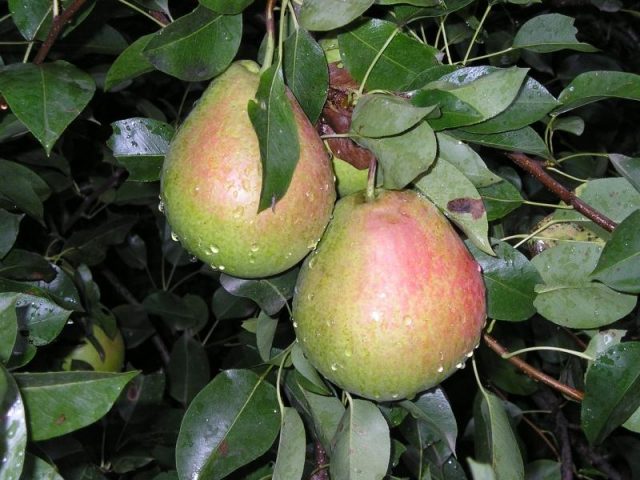
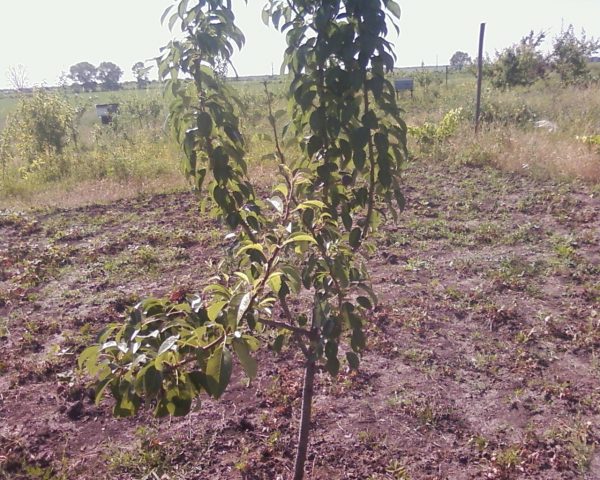

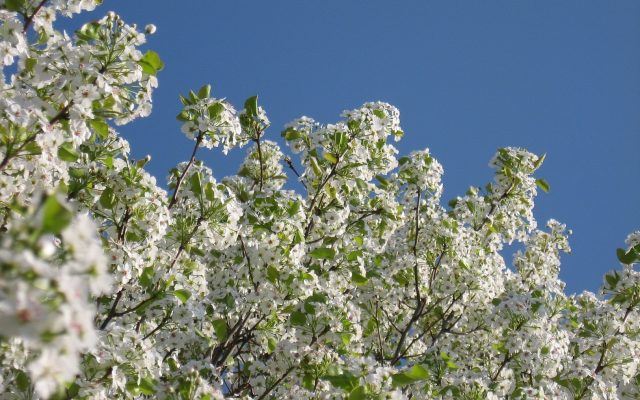
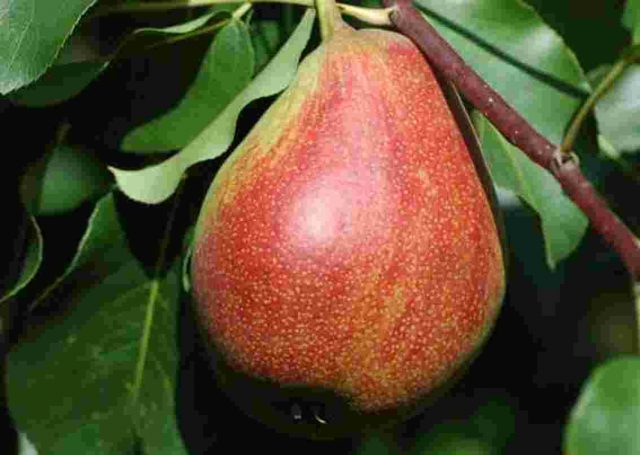
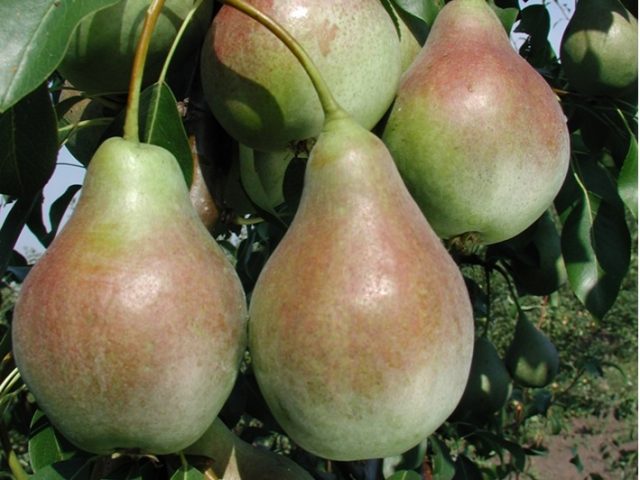









The most important thing here is that it requires constant care. It is almost impossible to grow a sweet pear in the Moscow region.